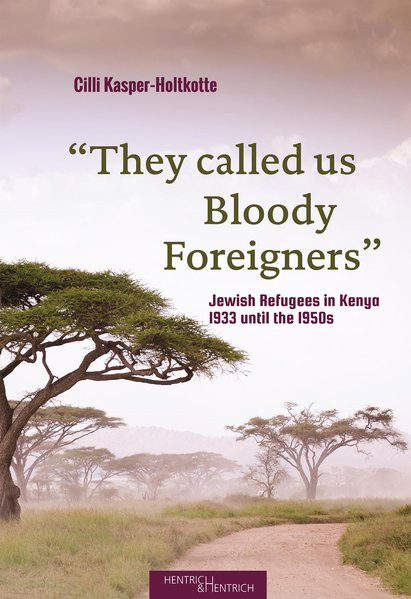"They called us Bloody Foreigners"
Jewish Refugees in Kenya, 1933 until the 1950s. Transl. from the German by A. Berlina
- Autor: Kasper-Holtkotte, Cilli
- Erscheinungsjahr: 2020
- Seiten: 286
- Bindung: kt
- Ergänzung: 140 ill.
Answers to these questions were found on a search for former ‘Kenyans’ that spanned continents, the putting together of fragments of this ‘Kenyan’ network like mosaics, and numerous conversations with contemporary witnesses who narrated their experiences for the first time. In view of the historical context, these tough, obstacle-fraught battles are made visible: the search for new identities, the reclaiming of self-worth, the conquering of social recognition. Lastly, it is shown how much life in Kenya shaped lives in the short and long-term.
Herstellerinformationen
Zu den Herstellungsinformationen gehören die Adresse und zugehörige Informationen des Herstellers des Produkts.
Hentrich & Hentrich Verlag
Jahnallee 61
04177 Leipzig
info@hentrichhentrich.de
Verantwortliche Person für die EU
In der EU ansässiger Wirtschaftsbeteiligter, der sicherstellt, dass das Produkt den erforderlichen Vorschriften entspricht.
Hentrich & Hentrich Verlag
Jahnallee 61
04177 Leipzig
info@hentrichhentrich.de
Produktsicherheitsinformationen
Sie finden den für das Produkt verantwortlichen Wirtschaftsakteur auf dem jeweiligen Produkt selbst, auf dessen Verpackung oder in einer dem Produkt beigefügten Unterlage. Diese Information ist in der Regel gut sichtbar angebracht, um Ihnen eine einfache Identifikation des Verantwortlichen zu ermöglichen.
